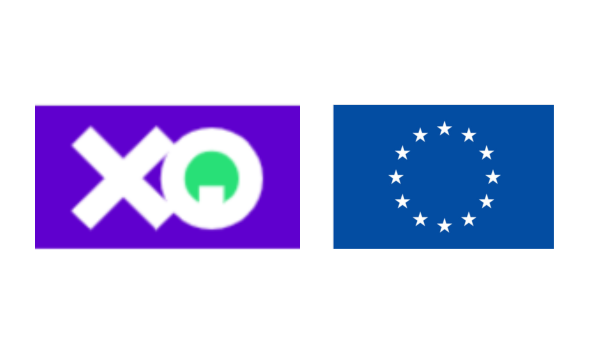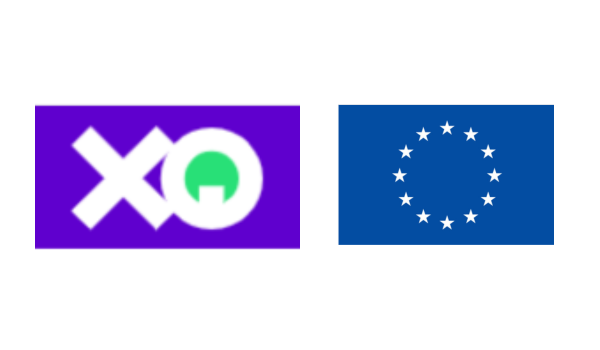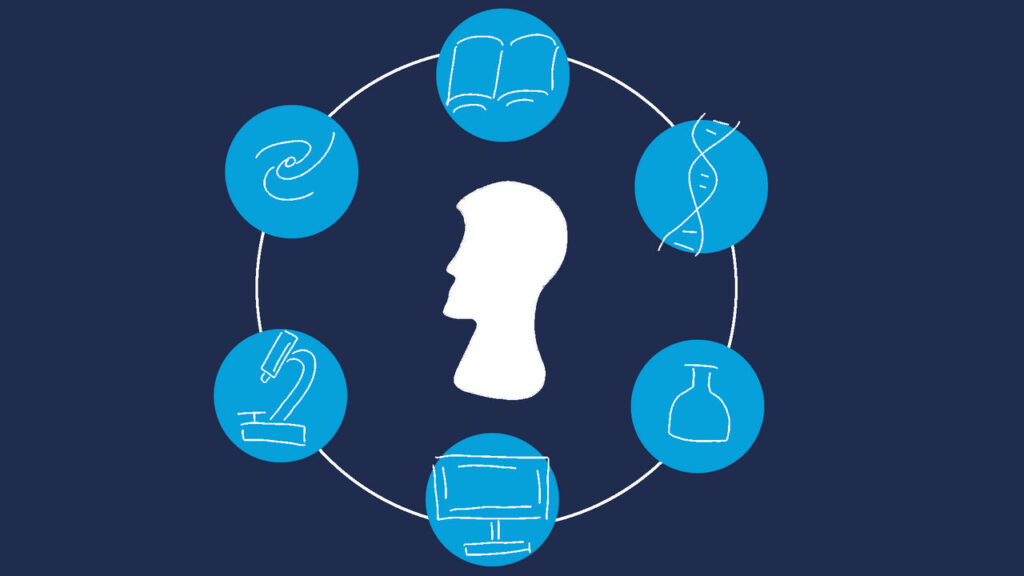Today, the term Citizen Science is widespread, but the origins of this practice are ancient. Conventionally, its genesis goes back to the Christmas Bird Count (CBC), a project initiated in 1900 in the United States by ornithologist Frank Chapman, but this is incorrect.
The collection of scientific data by amateurs has older origins. For example, naturalists Carl Linnaeus and John Ray were already enlisting citizen amateurs to collect samples and observations of the natural world. In China, citizens helped collect data on locust plagues for 3,500 years, and diarists at the Kyoto court compiled a chronology of the dates of the traditional cherry blossom festival for 1,500 years. We could give countless examples, but one recent finding is that Japanese records of cherry blossom dates are proving to be a fruitful resource for understanding climate change.
The Oxford English Dictionary coined a definition of Citizen Science in 2014 that characterises it as a set of data collection and observation operations to increase the body of scientific knowledge in cooperation with professional scientists. One of these realities, born just over a century after the Christmas Bird Count, is iNaturalist, a social network created within the framework of the School of Information at the University of Berkeley that brings together naturalists, citizen scientists and biologists in crowdsourcing activities on the fauna and flora of various corners of the planet. Galaxy Zoo was created as part of the Citizen Science portal’s Zooniverse projects and involves ordinary people and any astronomy enthusiast in the visualisation and shape classification of galaxy images from the Sloan Digital Sky Survey (SDSS) database.
Collecting data from below: people-friendly science
Many scholars believe that the accepted formulations of Citizen Science are not adequate to capture the richness of its scope, because they only refer to its digital developments and exclusively to activities not related to institutionalised collaborations with governments or scientific institutes. They therefore proposed extending its scope to projects in which citizens, alone or in teams, collect data without collaborating with scientists. In this way, it would be questions raised by citizens and not just science that would provide the basis for research. Studies that could provide data on critical territorial issues and on the living conditions of communities, based on the expert local knowledge of those who live and work in a particular geographical area.
Today, there is a real renaissance of citizen participation in the growth of scientific knowledge, especially with the advent of digitisation.
The use of information and communication technologies to democratise information is something to which governments around the world are opening their doors. Government health departments and national agencies are increasingly open to tuning into the international e-government agenda, which seems to be increasingly oriented towards the active participation of citizens in the provision of information about people and territories.
In 1998, Al Gore, former Vice President of the United States, called a monumental project to collect geo-referenced, 360-degree data of the entire planet “Digital Earth”. The original vision cannot be said to be complete, but to date numerous virtual planets have been realised – think Google Earth, Microsoft Bing, ESRI ArcGIS Explorer, Virtual-Geo and WorldWind.
“Digital Earth Africa” represents a school case, where there is a strong involvement of citizen scientists to make decision-makers and the global citizenry aware of the situation and priorities in many parts of Africa. People participating in the project act as human sensors and interact with technological infrastructures, often by SMS or through their representation on Google Maps, reporting problems with public services, social needs, critical environmental issues and public health data. In particular, through a simple message they can report in real time and anonymously the absence of water or the presence of contaminated water at a public water point, or safety or mobility issues. Through such a tool, institutions not only learn about problems in a timely manner but can also communicate solutions to be adopted or the resolution of a given issue with immediate speed.
The African reality is just one of many possible combinations in the range of scenarios that have been put into practice and could be realised worldwide through participation from below.
Citizen Science and environmental catastrophes
In the aftermath of the Fukushima Daiichi nuclear accident, a form of Citizen Science emerged that would revolutionise the way radiation risk was measured and made visible to the public. The background dates to 2011, when Sean Bonner, Joi Ito and Pieter Franken began discussing the possibility of distributing Geiger counters to people in areas affected by radioactivity. These activists together with a large group of hackers and entrepreneurs dedicated to this cause, joining forces with Marcelino Álvarez founder of the RDTN.org website and Christopher Wang member of Tokyo Hackerspace created Safecast. This international Citizen Science organisation, based on the contributions of citizen volunteers and focused on environmental monitoring, now has the largest open dataset of background radiation measurements in history. Among other things, Safecast is building a sensor network for monitoring particulate matter in the dimensions PM1.0, PM2.5, PM10. The collected crowdsourced data is socialised on a global scale through interactive maps.
On a small scale, the networked volunteer association Peacelink participated in self-organised measurements of polycyclic aromatic hydrocarbons (PAHs) in the city of Taranto, where Europe’s largest steel plant is located. The measuring instrument was not the Geiger counter as in Japan, but the Ecochem PAS 2000, a user-friendly eco-technology donated to Peacelink by the Rotary Club of Taranto on 24 March 2011. Thus, took off the first Italian example of real-time PAH monitoring by citizen volunteers.
Another example of environmental monitoring on the Peacelink platform is the data from the Arpa control units, made possible by the implementation of the Omniscope business intelligence software. This is an interface promoted by civic science and made available to local citizens or anyone wishing to keep abreast of air emissions data in Taranto. This software is used in other areas by the Puglia Region, but at the initiative of the association it has become an intelligent dashboard able to process and treat huge volumes of environmental data.
What all these different experiences of crowdsourcing and data sharing have in common is an idea of science to which everyone can contribute at any time.
A Citizen Science, for citizens and made by citizens, aimed at benefiting populations subject to environmental risks in their interaction with information systems in institutional and non-institutional channels. A Citizen Science that makes risk transparent because it is made by those who experience emergencies first-hand and can respond correctly and truthfully to the growing demand for more complete and easily accessible environmental data for everyone on the planet.



